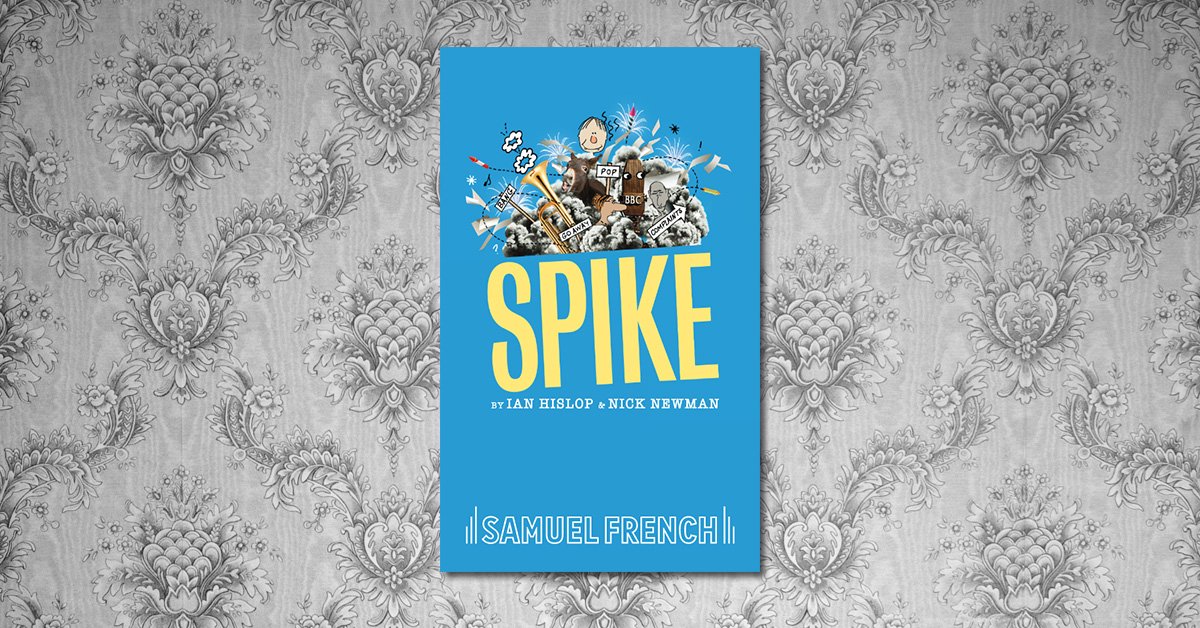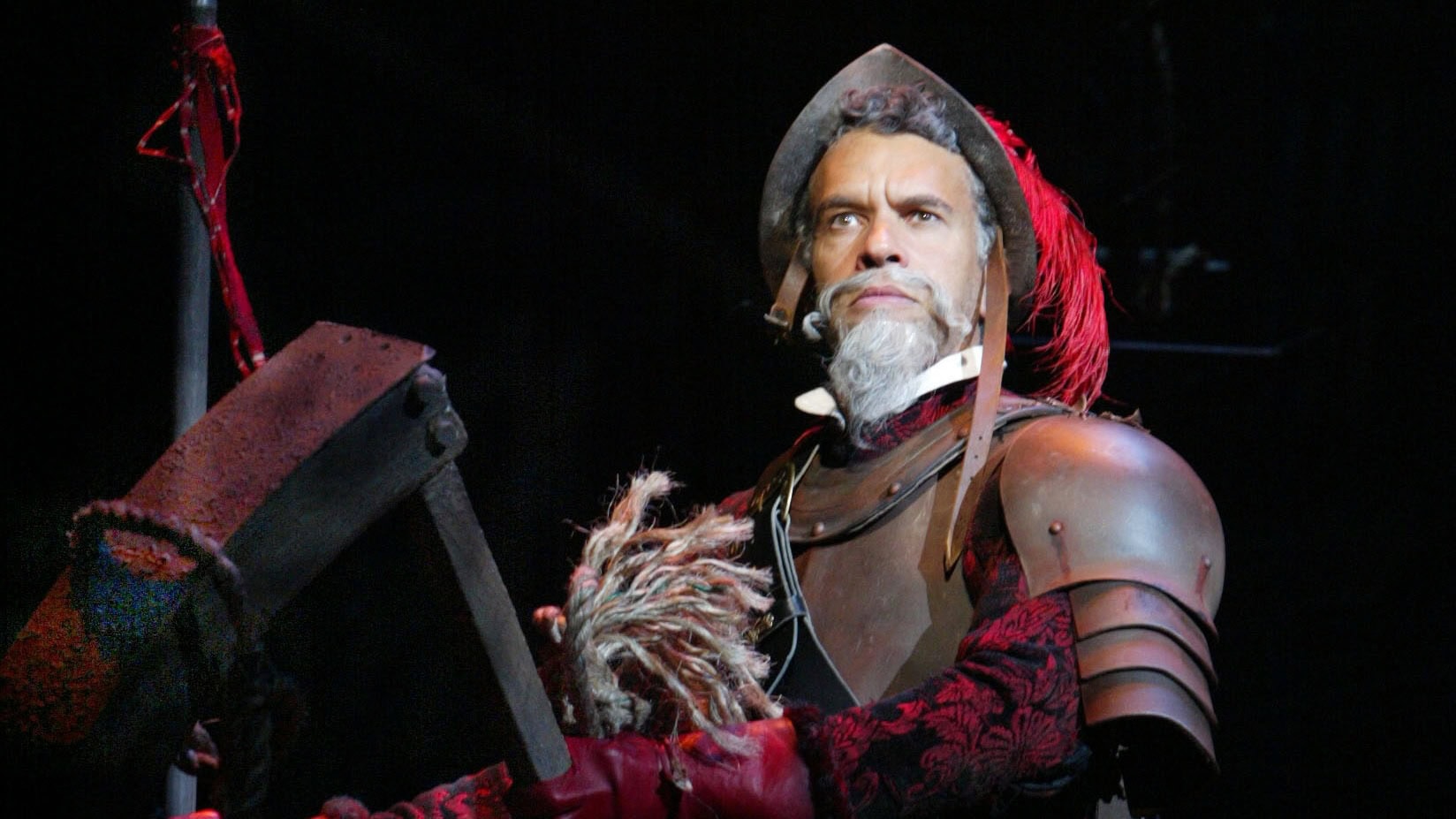
Spike is a play created by Ian Hislop and Nick Newman, set in 1950s austerity Britain. Out of the gloom comes ‘Goon Mania’, as men, women and children across the country scramble to get their ear to a wireless for another instalment of The Goon Show.
Co-author Nick Newman explains the phenomenon and explores the legacy of writer Spike Milligan on the satirical news magazine Private Eye and the BBC’s The Goon Show.
…
Spike Milligan enjoyed a long association with the magazine that gave Ian Hislop and myself our break in comedy writing.
As a cartoonist and writer for Private Eye for over 40 years, I’ve been acutely aware of Spike Milligan’s presence in the magazine. Spike first appeared in Private Eye issue number 10, in 1962 – bewailing his statelessness in a letter trailed on the cover as ‘The poet Milligan speaks.’ The framed letter still hangs in the Private Eye offices. In his tome Private Eye – the First 50 Years, Private Eye’s historian Adam MacQueen records that Issue 11 brought better news: “I have been granted Welsh citizenship, provided I stay on a mountainside and only say ‘Baa’.”
Former Private Eye Editor Richard Ingrams recalls that “Spike was always a terrific fan of Private Eye. He would constantly send things in. I’d always put them in.” Over the years, Spike contributed many letters and jokes to the magazine. In 1964 he wrote an entire page about the new pirate radio station Radio Caroline, entitled ‘Spike Milligan Shouts Ahoy There’. He also drew cartoons. These were immensely encouraging to me as an aspiring cartoonist. The drawings were naïve at best – and showed that you didn’t have to be an expert draughtsperson to be a funny cartoonist.
In 1966, when the magazine ran into financial trouble – facing enormous costs for lost libel cases – Spike helped the Eye out by performing in a benefit concert entitled ‘The Rustle of Spring’. This followed a libel action by Lord Russell of Liverpool , who sued the magazine for suggesting that a book he had written about Nazi war crimes was actually pandering to salacious and sadistic tastes. It cost the magazine £5,000 damages and £3,000 costs – the equivalent of £1,340,000 today. Spike performed alongside a host of names from the satire boom, including Peter Cook, Dudley Moore, John Bird, David Frost and Willie Rushton – as well as top comedians such as Peter Sellers and Bob Monkhouse.
Later, the Eye would produce Spike Milligan merchandise – such as ‘Milligan’s Mug’ – a mug bearing four images of Spike with the caption ‘The Face that launched a thousand ships.’ The caption was intended to read ‘The face that launched a thousand quips’, but the then Art Director and designer Tony Rushton misheard Milligan down the telephone. Spike was surprisingly good-humoured about the error. Milligan also contributed to a fund-raising floppy disc ‘The Sound of Talbot’ in 1980 – a joke about Sir James Goldsmith’s recently launched and ultimately failing Now magazine.
Richard Ingrams had connections with Spike which predated the Eye’s launch. In 1961 he directed a production of Milligan’s post-apocalyptic satire The Bedsitting Room, starring Willie Rushton. Says Ingrams, “Before Private Eye I was running a theatre company. We went to Spike and asked him to write a play. He fished out this one he’d already written, with John Antrobus. Spike didn’t think it was very good.” Audiences disagreed – it opened in Canterbury and transferred to the West End. Ingrams would later feature as an announcer alongside Eye contributor John Wells in Spike’s ‘Q’ TV series – and although he wasn’t a fan of the Goon Show, Ingrams saw Spike as a genius. Ingrams wrote in the Guardian, “Like many men of genius Spike went through life nourishing a resentment that his talents were not sufficiently appreciated. In Spike’s case, the special focus of his hostility was the BBC.” Private Eye staff were familiar with Spike ringing up out of the blue and cursing down the line about his treatment by the Corporation.
Spike’s interest in the magazine also reflected his respect for the Eye’s proprietor Peter Cook, who bought the magazine in 1962 after starring in the hit satirical revue Beyond the Fringe. The admiration was mutual. When at school at Radley, Cook would feign illness to gain access to the school sanatorium on a Friday night, in order to listen to the Goon Show on the wireless. In 1955, aged 17, Cook wrote a radio script which was rejected by the BBC because it was too similar to The Goons. So similar was it that the BBC’s Peter Titheradge pointed out that it was actually a very good Goon script – and it eventually landed on Spike’s desk. Milligan was so impressed that he invited Cook up to lunch in London. Quite what Spike made of the schoolboy when he arrived is unknown – and sadly neither Cook nor Milligan could subsequently remember what was discussed, according to Cook’s biographer Harry Thompson. When at Cambridge, Cook wrote sketches for Footlights student revues that were infused with Milligan influences. Characters such as F. Nidgcombe, Arthur Frad and Larry Splutt bear all the hallmarks of the Goons.
Over the next 40 years Cook and Milligan would work together sporadically – appearing on each other’s TV shows and in films together. They even collaborated on a ‘Beyond the Fringe meets The Goons’ project – a parody of ‘Bridge Over the River Kwai’ entitled Bridge Over the River Wye – in which Cook and Jonathan Miller performed alongside Milligan and Peter Sellers. While Cook was celebrated as a savage satirist, his contributions to the Eye were often Milliganesque nonsense pieces involving large killer bees.
So Spike’s spirit loomed large over Private Eye. Ingrams’s successor as Private Eye Editor – my colleague Ian Hislop – had his own encounter with Spike in the mid 1980s when he interviewed Spike for Radio 4’s ‘Midweek’ radio show. “Spike was the birthday guest, and in those days they were presented with a bottle of champagne.” Says Ian. “It was live and on air, and I opened the bottle only for it to explode all over my notes written in green ink, which left me with an unreadable sea of green. Spike thought it hilarious, and he helped me out by interviewing himself, asking himself questions. He loved things going wrong. He loved the anarchy.”
Spike’s most celebrated association with the Eye was when he placed a lonely hearts advertisement in the small ads at the back of the magazine. It read ‘Spike Milligan seeks rich, well-insured widow. Intention: murder.’ He received 48 replies.
…
The views and opinions expressed in this article are those of the creators of Spike and do not necessarily reflect the views or positions of Concord Theatricals.
For more information about purchasing the script of Spike, visit the website of Concord Theatricals UK.
- UK/

“The Impossible Dream” – An Anthem of Hope

In the Spirit: Plays and Musicals Based on A Christmas Carol

